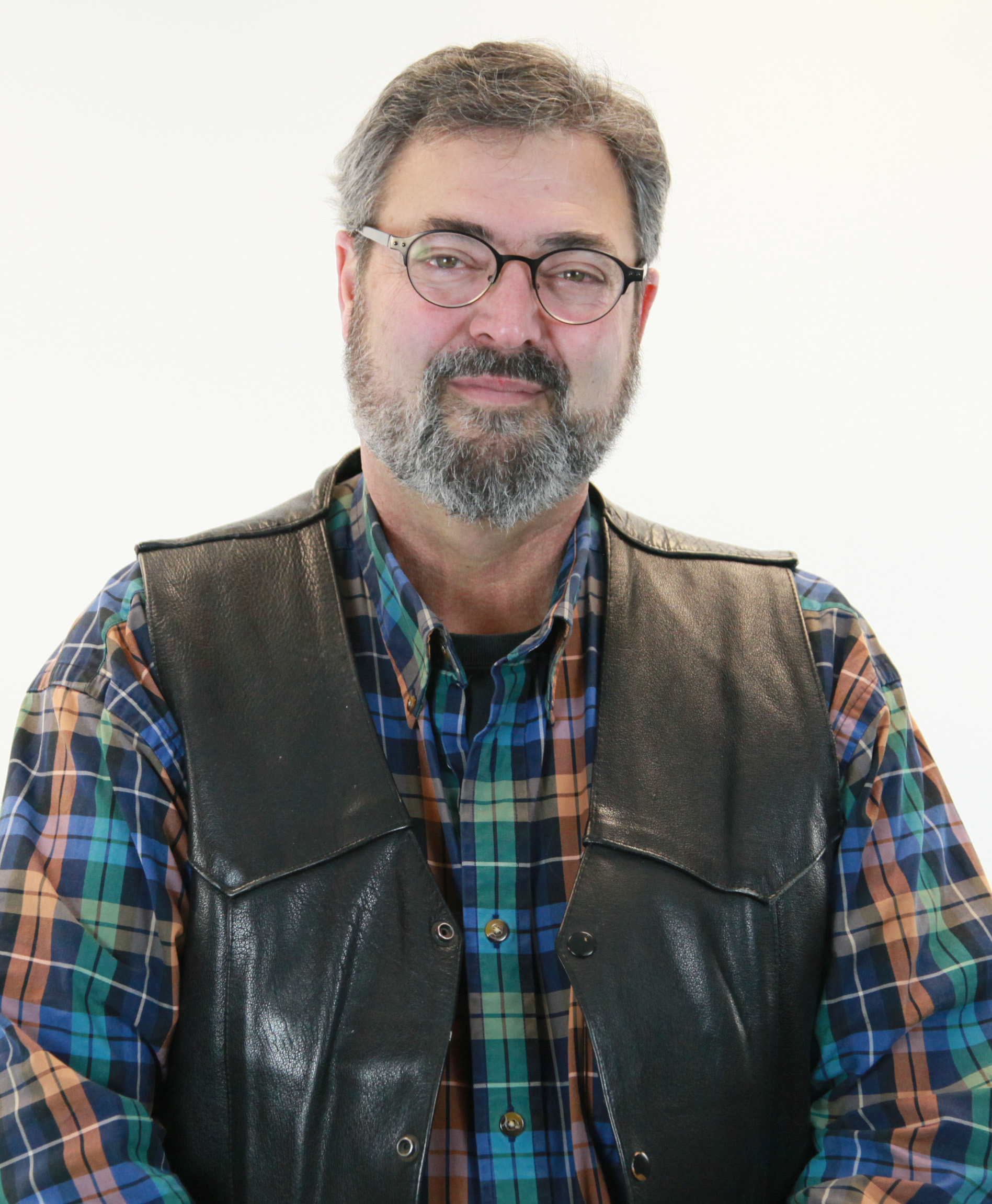Improving cereal rye cover crop BMPs to increase adoption of cover crops by Iowa farmers (2018-2020)
Issue
The Iowa Nutrient Reduction Strategy (INRS) calls for cover crop implementation on over 12 million acres, which equates to every other field. Despite numerous environmental benefits associated with cover crops, many farmers are still hesitant to change their current production practices. Major barriers to introducing cover crops as a conservation practice include cost of implementation, yield drag, and knowledge. This multi-disciplinary team will address the barriers of using cover crops and develop best management practices (BMPs) for including a cover crop in a corn-soybean production system in Iowa for “hesitant” farmers. Using these data, we will develop a set of BMPs with a partial cost budget to encourage farmers to include cover crops in corn-soybean production systems, and therefore meet the INRS goals of cover crop acreage adoption in Iowa.
Objective
This research will evaluate the effect of cover crop seeding rate, seeding method, and termination timing on corn production, soil health and nutrient recycling. Treatment effects on (i) cover crop and corn growth and development (ii) weed, pest and disease pressure, (iii) nutrient recycling and (iv) soil health will be assessed. In addition, partial budgets for treatments will be developed, and Iowa farmers surveyed to identify common methods of seeding cover crops users and perceived efficacy of those methods.
Approach
A comprehensive field study at the ISU Ag Engineering and Agronomy Farm, with smaller studies at the ISU Southeast Research Farm, Crawfordville, and Northwest Research Farm, Sutherland will be done. Experimental treatments will consist of a three seeding rates, two planting methods (drilled and broadcast) seeding rates, and rye termination timing. Cover crops will be seeded after soybean. The following data will be collected: cover crop growth and development in the fall and spring; corn growth and development throughout the growing season; weed, insect and disease pressure; soil and plant nitrate, soil health parameters. Relationships between data variables will be evaluated to improve our understanding of factors influencing the winter rye-corn cropping systems.





